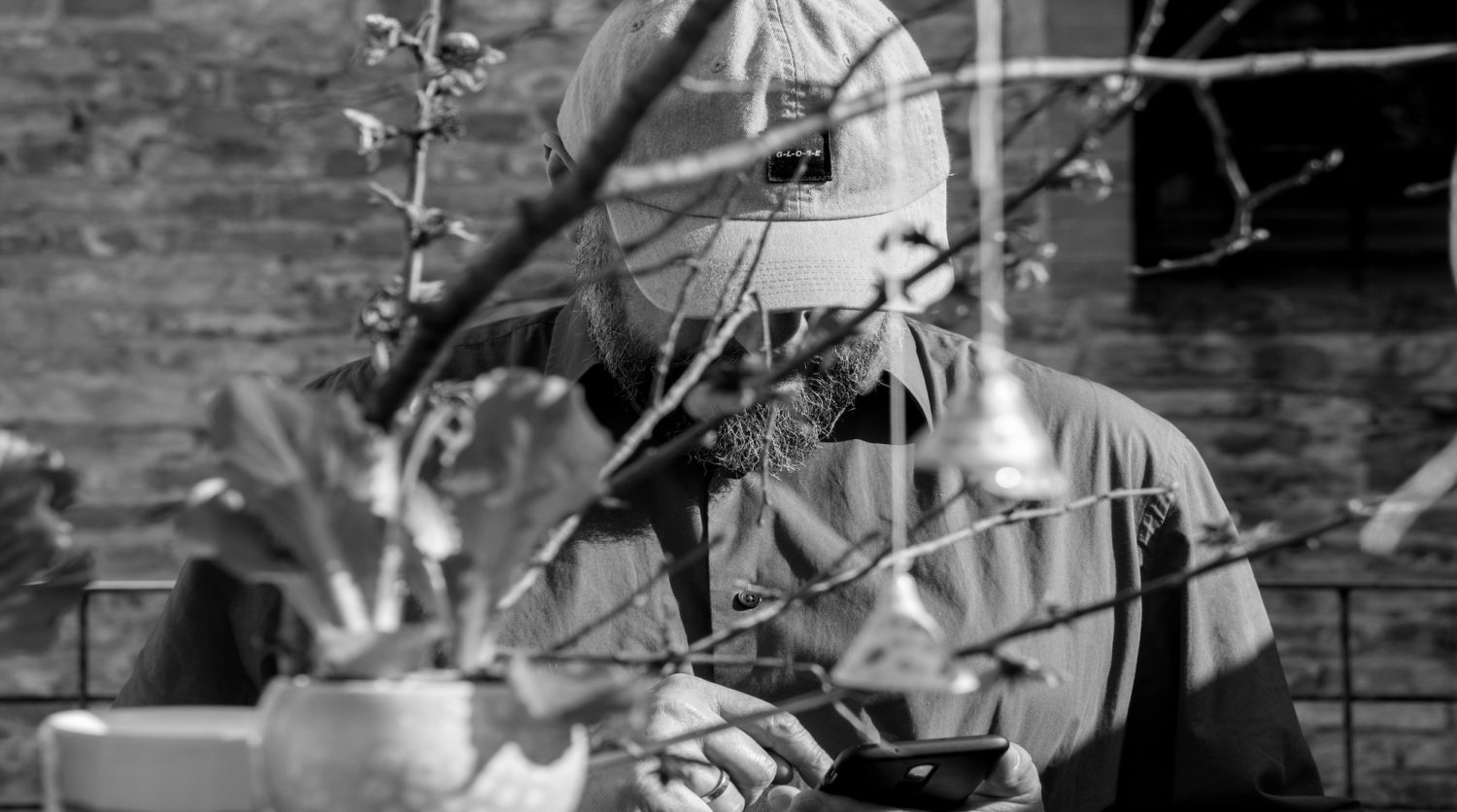Spontaneous solidarity
Austerity has weakened our institutional ability to respond to this crisis. Myria Georgiou explores how hyperlocal digital activism is filling the gaps.
To say that we are living in unprecedented times is a truism. Yet, behind the banality of this statement lie important changes; the extraordinary scale and speed of digital mobilisation is one of them. At a time of crumbling public services, steadily rising poverty, and social isolation, a whole new army of hyperlocal activists, armed with their smartphones, have become points of first response in their neighbourhoods. These networks have joined, and sometimes supersede, existing grassroots and institutional actors that support vulnerable and marginalised communities locally, nationally and internationally.
What can we learn from this moment of digital mobilisation? A few weeks into lockdown, this blog offers some early reflections on what these acts of solidarity mean, how effective they are and how much digital mobilisation reflects new sustained forms of solidarity and self-organisation.
From the early days of lockdown, experienced and new activists established systems of mutual aid at local and hyperlocal levels. Within less than a week, the mutual aid groups’ numbers exploded, from the initial handful of initiatives in inner-city London to thousands across the country. These networks have become autonomous, self-organising micro-structures for requesting and offering support to the most vulnerable
These mutual aid groups, even if uneven in their reach, are both a heartening and an effective mechanism of care in the community, as they fill in gaps left by the deteriorating national and local infrastructures of welfare. Most importantly, these groups have taken a dual role in a very difficult time: becoming hyperlocal systems of practical as well as emotional support, they are (re)creating local communities digitally. The rise and rise of mutual aid groups reveals why and how solidarity happens at times of crisis.
Early evidence shows that mutual aid groups’ establishment was quick, not only because it was digitally possible to mobilise over WhatsApp and Facebook, but also because people across the country were well aware of the (post-)austerity collapse of public services and the enormous gaps in welfare that needed to be filled by citizens.
Newly founded mutual aid groups became much quicker in their response than established institutional actors supporting vulnerable people. While spontaneous hyperlocal solidarity was easy to get off the ground, the government, NGOs and local authorities took much longer to put effective structures of support for the vulnerable in place. This comes as no surprise of course, as these institutions and organisations need to act at a much larger scale than mutual aid groups. But their slower reaction was also the result of their strained resources: years of defunding and limited income compared to the fast-growing needs of vulnerable groups weakened institutional and civil society’s ability to respond to the crisis fast. What this struggle to meet needs without enough resources reminds us of, of course, is that digital mobilisation is not enough: sustained funding is necessary for meaningful acts of solidarity beyond the locale.
In fact, and in lockdown, grassroots and institutional systems of solidarity needed to fast reinvent activism and establish new mechanisms to support the most vulnerable. Abused women and children, elderly and disabled people, migrants and refugees and the millions of urban poor found themselves even more immobile and isolated with organisations struggling to respond, financially and practically.
While mutual aid groups have offered hope and emotional and practical assistance to many, this era of digital mobilisation also reveals the limits of hyperlocal solidarity.
Social media generate, and even encourage, surveillance from the bottom up. In the midst of the Covid-19 crisis, police forces across the country developed their own online tools for reporting those breaching lockdown rules, with citizen reporting apparently skyrocketing. Mutual aid groups themselves became a battleground for citizen responsibility, with debates for and against reporting often becoming heated. The ease of sharing information on social media and anonymous reporting often hides the additional risks for vulnerable communities, not least those facing abuse and overcrowding at home and even more so those who do not have a home.
Concerns of surveillance and control become even more pressing, when zooming out of the neighbourhood and into the country and the world. The urgent need to contain Covid-19 accelerated governmental and corporate uses of technologies of tracking. With Covid-19 tracking apps created fast and with little control of what information they collect, questions have been raised about the suspension of fundamental rights to privacy and data control.
The limits of digital solidarity do not only reveal the biases of digital connectivity. They also expose the limits of solidarity itself. Hyperlocal solidarity emphasises the mutuality of aid among neighbours. But what happens to those who are not familiar and proximate? In the midst of the pandemic, foodbanks became drained of provisions and funding, while the needs of those most vulnerable further ashore – not least migrants and refugees in dehumanising camps and during life-threatening journeys – have moved well outside the media and citizen radar.
Solidarity is always a political act and in these difficult times, the level of citizen digital mobilisation reflects a hopeful, growing commitment to social justice. But precisely because solidarity is about social justice, the need to go beyond the locale remains paramount. Mutual aid groups cannot do it alone. The need to support migrants, refugees, the homeless and the abused women and children still remains a political commitment that requires organised action and sustainable structures of support. Not just digital connection.
Photo credit: Daniele Marzocchi/Flickr

